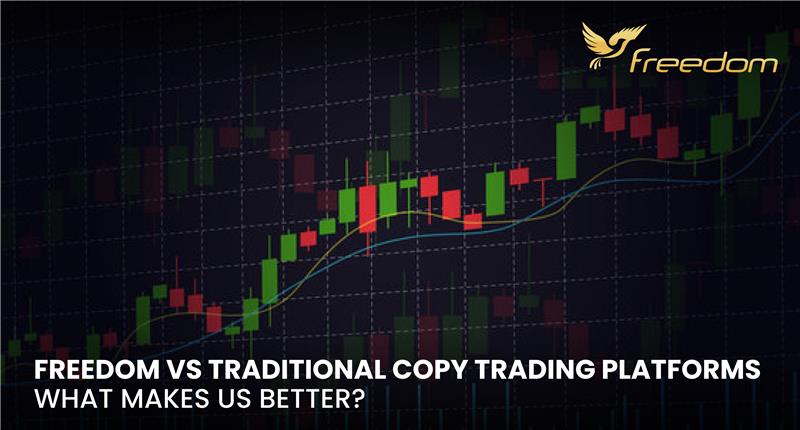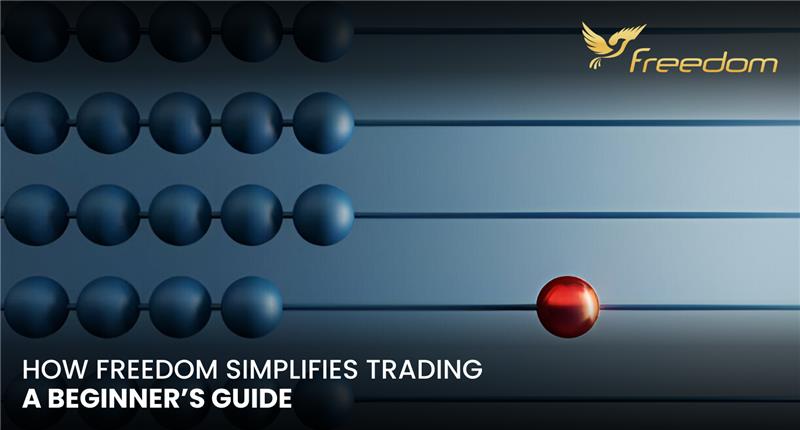What is Debt/Equity Swap?
A debt/equity swap is a transaction in which a business or an individual exchanges their obligations or debts for equity an asset. For a publicly traded firm, this typically means exchanging bonds for shares. Usually, the market conditions at the time of the swap dictate the value of the stocks and bonds that are being traded.
Comprehending Equity/Debt Exchanges
A debt/equity swap is a type of refinancing where a debt holder cancels their loan in return for an equity holding. Usually, the swap is carried out to support a faltering business in continuing to run. This makes sense because an insolvent business cannot raise its equity position or pay off its debts. But occasionally, a business can only want to benefit from advantageous market circumstances. Bond indenture covenants may forbid a swap from taking place without permission.
Also read: Should You Be Investing Your Dividends? | Discussing Dividend Investing
The debtor is not free to choose whether to exchange their debt for equity in a bankruptcy process. In other circumstances, though, he might have a choice. Businesses frequently offer favorable trade ratios to lure customers into debt/equity swaps. If the company provides a 1:1 swap ratio, for instance, the bondholder will receive stocks that are exactly equal to the value of his bonds this is not a very favorable exchange. The trade is more alluring, though, if the corporation offers a 1:2 ratio, in which case the bondholder receives stocks worth twice as much as his bonds.
Debt/Equity Swaps: Why Use Them?
Because the company is unable or unwilling to pay the face value of the bonds it has issued, debt/equity swaps may be able to provide debt holders with equity. It proposes to use stock as payment instead of cash.
In other situations, companies must maintain specific debt-to-equity ratios and encourage debt holders to exchange their debt for stock if the business assists in adjusting that balance. Lenders frequently include these debt-to-equity ratios in their financing requirements. Debt/equity swaps are used by firms in other situations to restructure their bankruptcy.
Bankruptcy and Debt/Equity
There are two options available to a firm deciding to file for bankruptcy: Chapter 7 or Chapter 11. The business ceases operations and all its debts are discharged under Chapter 7. The company keeps running under Chapter 11 while reorganizing its finances. The Chapter 11 restructuring sometimes results in the cancellation of the company’s outstanding equity shares. Following that, it reissues new shares to the debt holders, making bondholders and creditors the new owners of the business.
Equity/Debt Swaps versus Debt/Equity Swaps
The reverse of a debt/equity swap is an equity/debt swap. Shareholders exchange equity for debt rather than debt for equity. In essence, they trade bonds for equities. Equity/debt swaps are typically carried out to help companies undergo smooth mergers or restructuring.
A Debt/Equity Swap Example
Assume that ABC Company cannot pay off its $100 million debt. The corporation writes off the full amount owed to its two debtors in exchange for 25% ownership. In this debt-for-equity transaction, two lenders have exchanged their equity ownership for the company’s debt holdings.
Join the Revolution
Skip the hustle and experience the world of AI perfectly integrating in our world. My Freedom has come up with a perfect amalgamation of manual and AI trading to help you achieve your financial goals without much industry knowledge. All you need to do is sign up, create your plan, choose your trading strategy, and that’s it! The more perfect, secure, and reliable trading platform never existed before. For more information, visit www.myfreedom.ae.




